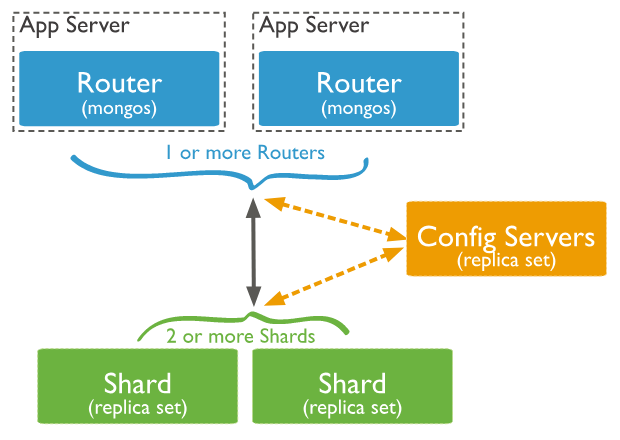- Nogle spørgsmål?
- +45 22 81 68 52
- info@scandiplan.dk
Visual Basic for Application (VBA)



What is VBA
VBA stands for Visual Basic for Applications. It is a combination of the Microsoft’s event-driven programming language Visual Basic with Microsoft Office Applications such as Microsoft Excel.
It enables you to automate various activities in Excel like generating reports, preparing charts & graphs, doing calculations, etc. This automation activity is also often referred as Macro. This way it helps users to save their time spent behind running the repetitive steps.
Why Use Excel VBA?
While users cannot directly manipulate the main Excel software through Visual Basic for Applications, they can, however, master the art of making macros to optimize their time in Excel. There are two ways to make Excel macros.
The first method is to use the Macro Recorder. After activating the recorder, Excel will record all the steps a user makes and save it as a “process” known as a macro. When the user ends the recorder, this macro is saved and can be assigned to a button that will run the exact same process again when clicked. This method is relatively simple and requires no inherent knowledge of the its code. This method will work for simple processes.
However, the downfall of this method is that it is not very customizable, and the macro will mimic the user’s input exactly. By default, recorder macros also use absolute referencing instead of relative referencing. IKt means that macros made in this way are very hard to use with variables and “smart” processes.
The second and more powerful method of creating an Excel macro is to code one using Visual Basic for Applications.



